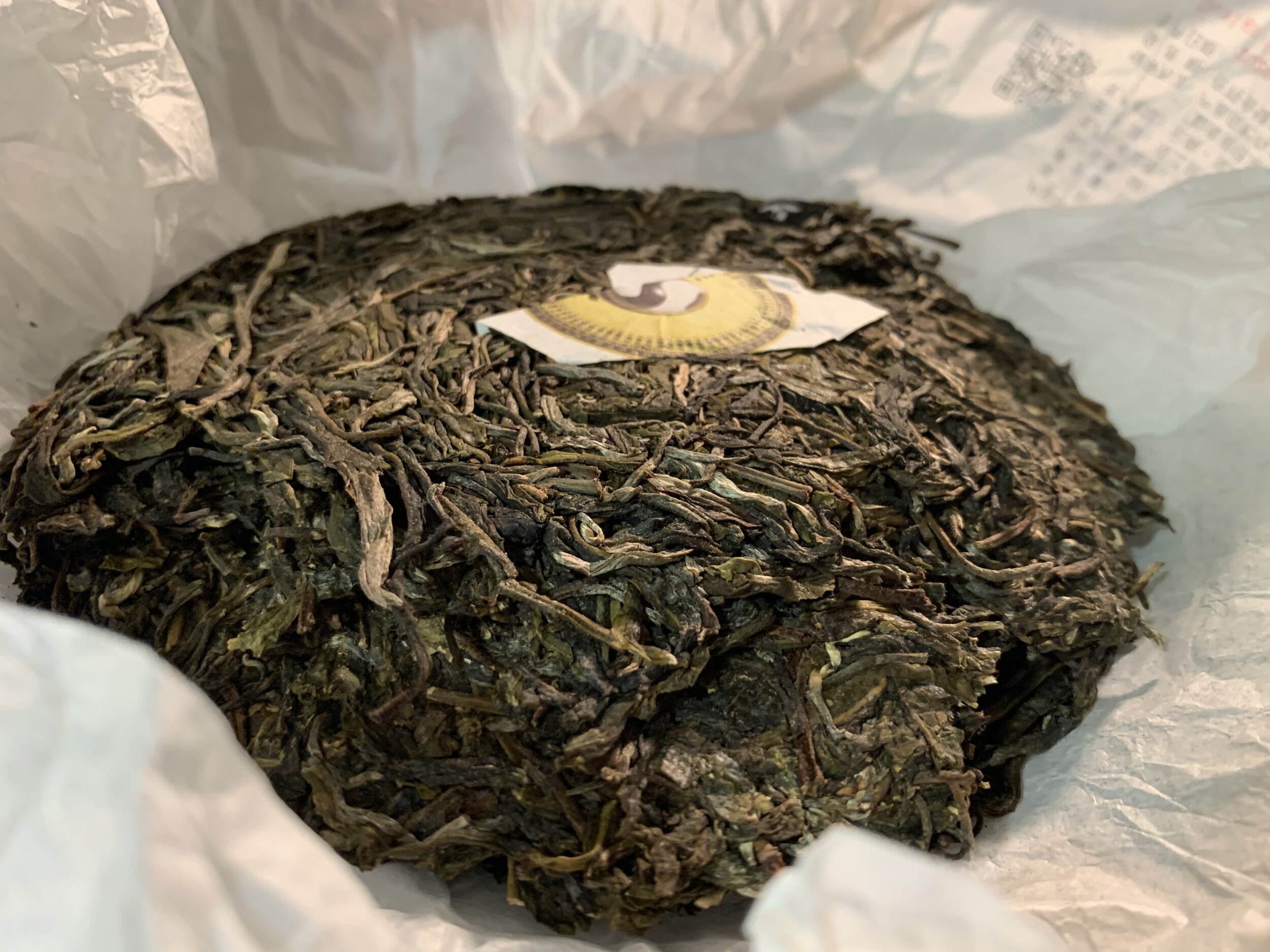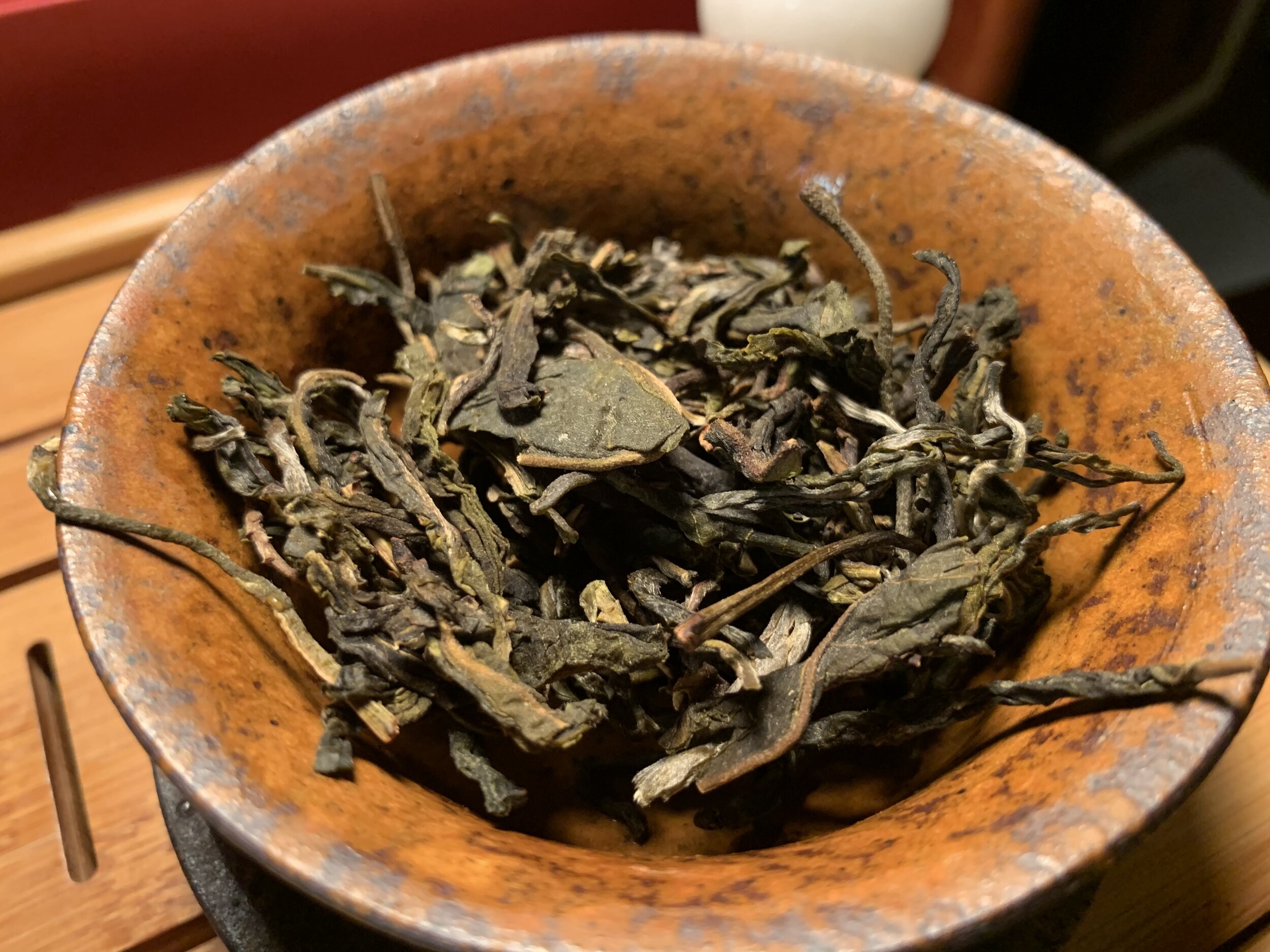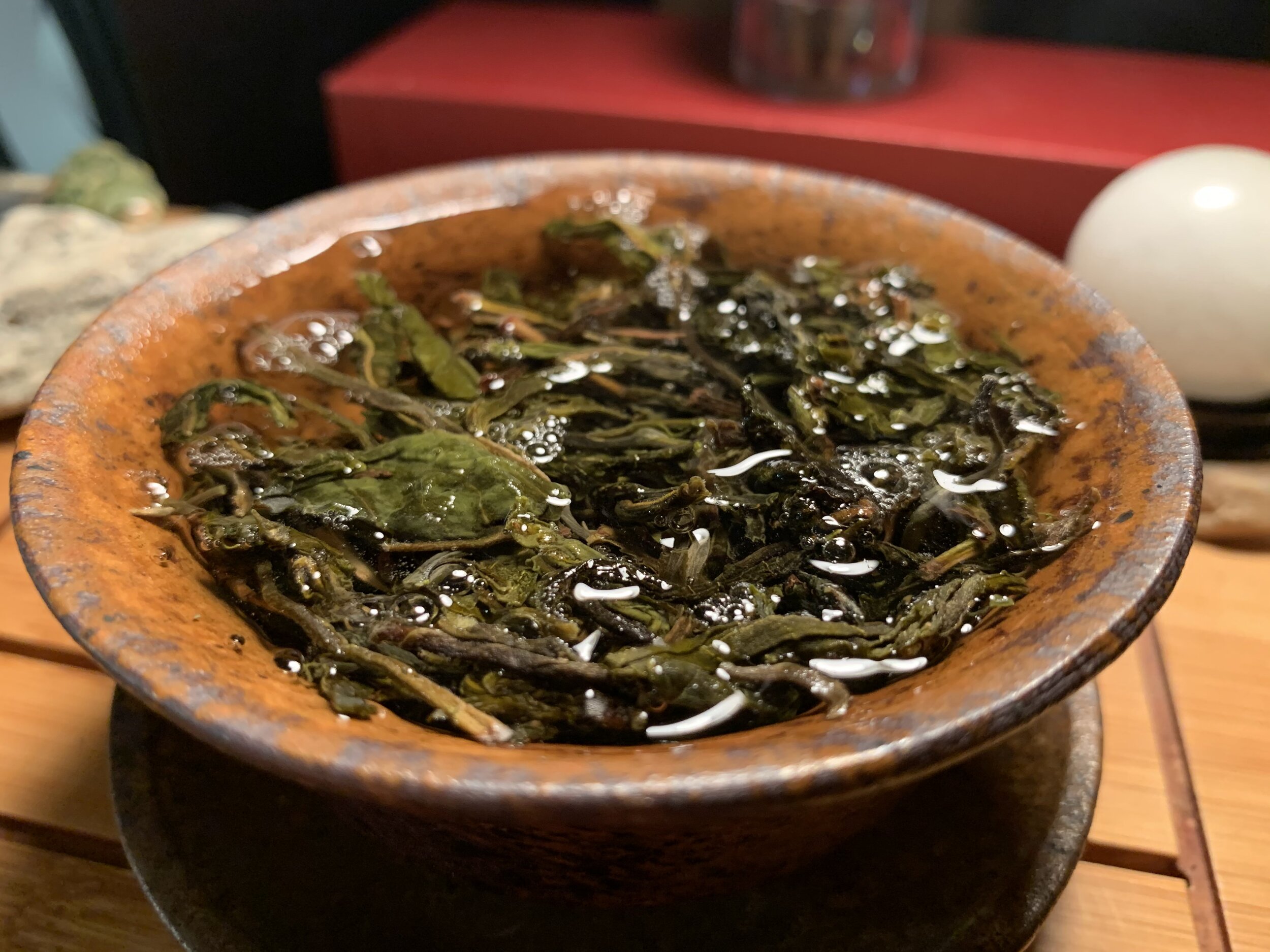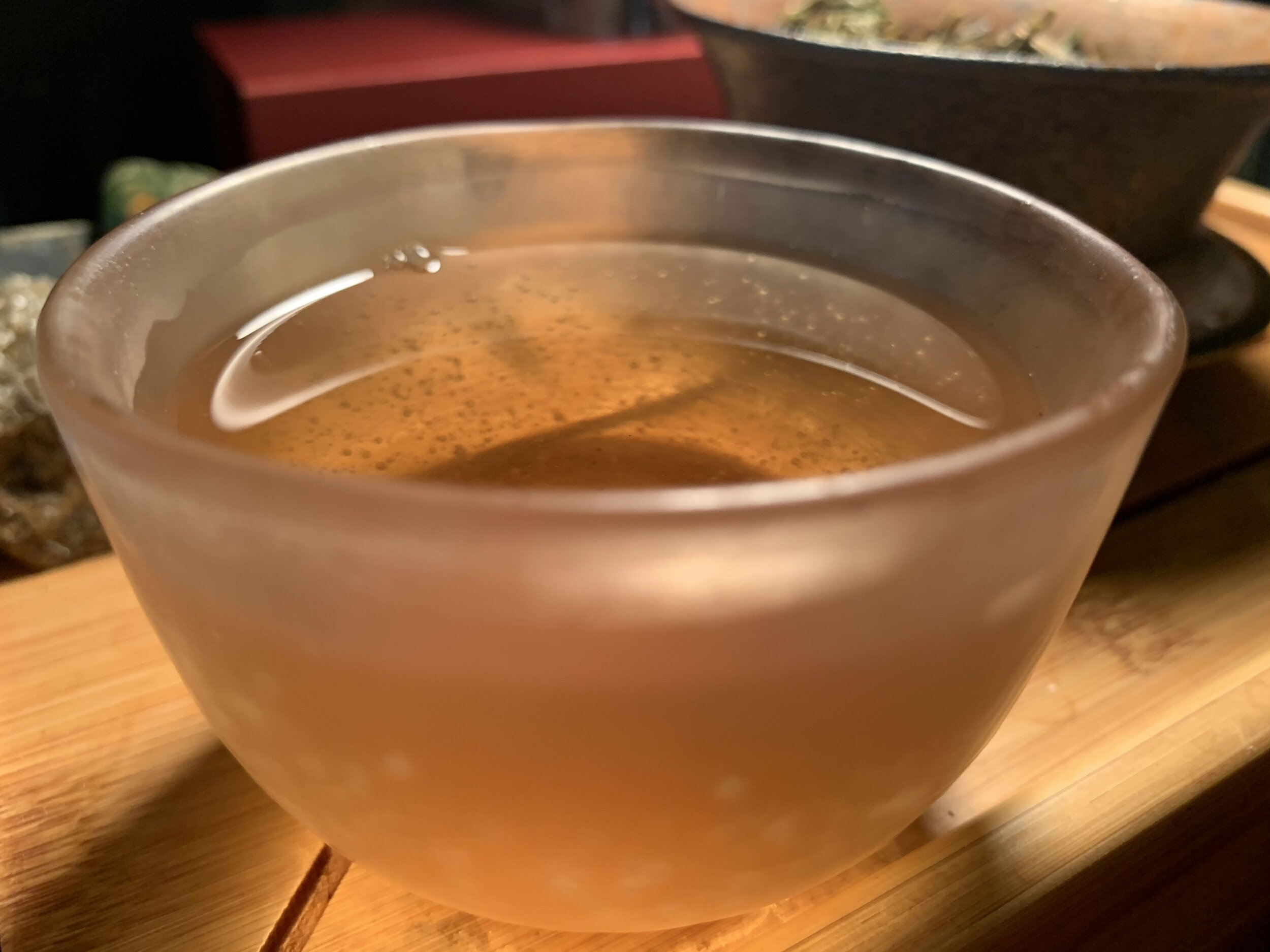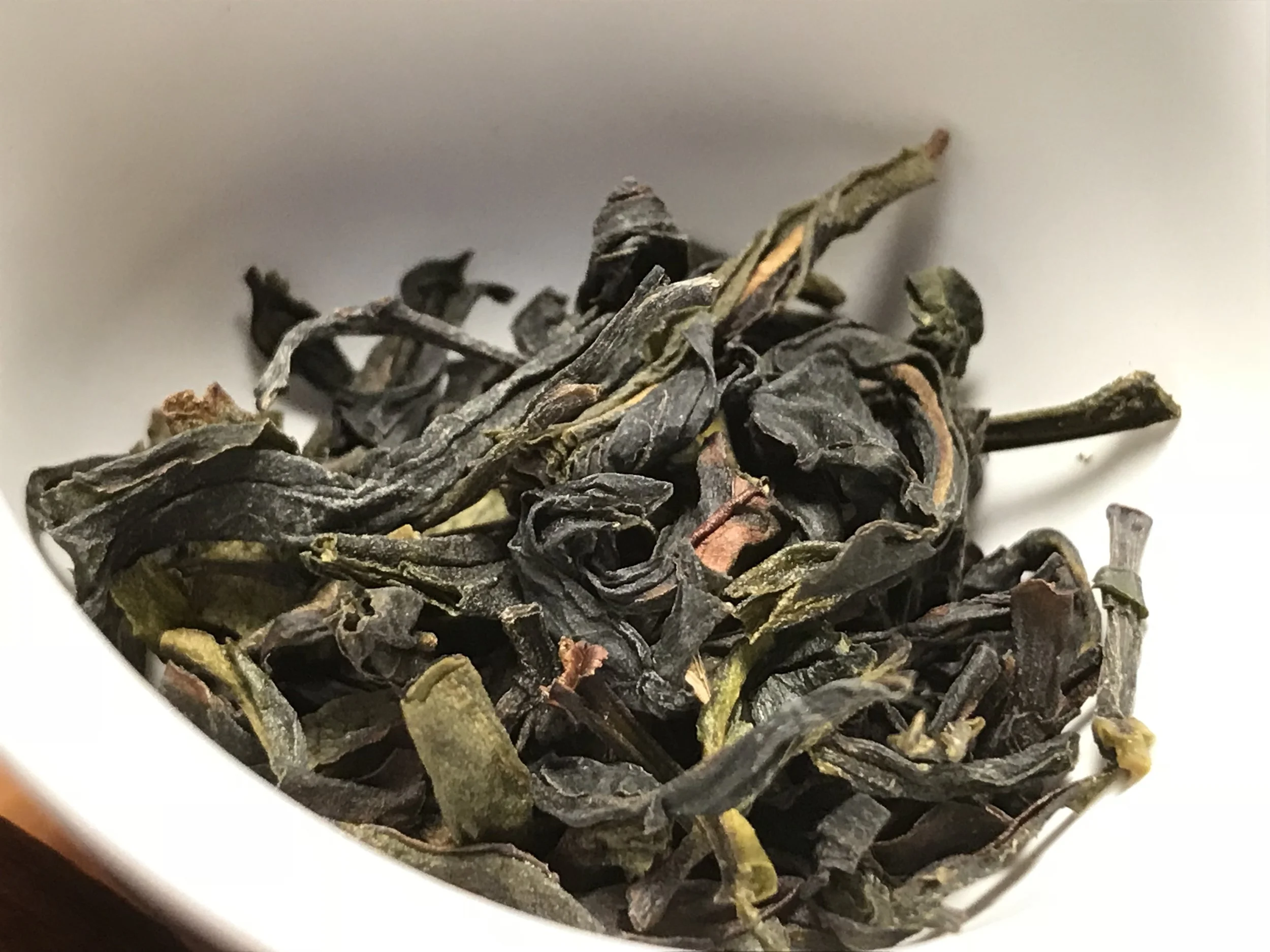Many patients come to me asking for help with a busy mind and the anxiety, overwhelm and sense of disconnection that comes with it. Between work, ambitions, raising children, caring for aging parents, bills, constant input via phone use & social media, it can seem impossible to achieve inner silence and have peace of mind.
I want to tell you that it is possible.
I have heard it said a million times: I am too ADD to try and calm my mind, There is way too much going in my head to stop, I am really bad at being still and quiet, I’ve tried to meditate and practice deep breathing but I still can’t seem to settle my mind.
The anxiety, worry, and sense of disconnection that comes with an untamed mind can be blinding at it’s best and crippling at its worst.
Without looking inwards, a lifetime of psychological junk remains to blur and cloud the clarity and intuition of our most authentic self. It takes great courage to look within because many of our thoughts embody what we struggle with. This is the biggest obstacle to inner peace and a calm, non-reactive state of mind.
The following is a 4 step formula for you to follow when you’re mind is going crazy and you feel out of sorts because of it.
1. Acknowledge thoughts and the resistance to being still
We are used to achieving things by working hard, applying our logic and pushing ourselves with willpower. This will not work when quieting the mind. Internal silence is not achieved through force but through willingness & allowance.
This first step is an acknowledgment of what is going on in our minds without the usual avoidance and self-judgment. It is the practice of being willing to become the observer of thoughts. We learn not to fight against our thinking but to recognize the simple, yet confronting, choice we have each time a thought comes by.
This acknowledgment of thinking should be done with non-judgment and a sense of acceptance.
2. Recognition of Conditioning
With each passing thought, we have a choice. We can engage with a thought and react to it, or we can make the decision not to. When reacting to thought it is always done based on our conditioning as an individual.
Conditioning consists of points of view dependent on perception, beliefs, ideas, and sense of self. Engaging a thought with our conditioning involves our habitual way of reacting, our desires, aversions, instincts, and personality. As you can imagine, conditioning is infinitely different from person to person. Each of us has a unique value system based on our life experience.
In this step, we allow ourselves to acknowledge that when we make the decision to get involved in a thought, it is always done so through our unique conditioning. This means that the feelings and ideas we have in response to a thought are completely based on our very own point of view.
3. Honesty about attachment and aversion
There is great resistance to recognizing our conditioning. I know for myself that this is true. Once we recognize that we react to thoughts from a conditioned state of mind, we can be honest about what week seek and avoid.
It is challenging to recognize that how we feel about something is based upon our point-of-view, desires, and aversions.
Especially when there is a payoff in the form of putting guilt onto someone or something else for causing your suffering. It takes great and consistent honesty to recognize our attachments and aversions. This is the step in which we recognize why our mind is busy. We are confronted with our desires, worldviews, plans, and dreams. We are also confronted with how we feel when these don’t pan out as we want them.
4. Choose Again
The other choice we have is to not engage with the thought through our conditioning and remain aware of the present moment as it is. Choosing to not engage allows us to become aware of a deeper part of ourself that is beyond our thinking and more intuitive. The more we practice “getting out of the way” the more access to this deep, calm and intuitive part of our self we have. From this state of mind we can take action that is aligned with clarity, intuition and deeper understanding of ourselves and the world around us.
This 4-step formula works great for me. It is not always the most comfortable exercise but it is always helpful. It can be quite confronting to go through the 4 steps. This is becuase I am called to look at what I cling to for happiness, whether it be through seeking something or putting blame on somthing or someone. May this Calm & Quiet heart method serve you!
What do you notice when you try these four steps?
What does it feel like to make the choice not to engage with thought?
Are there particular thoughts you find resistance to giving Acknowledgement?







